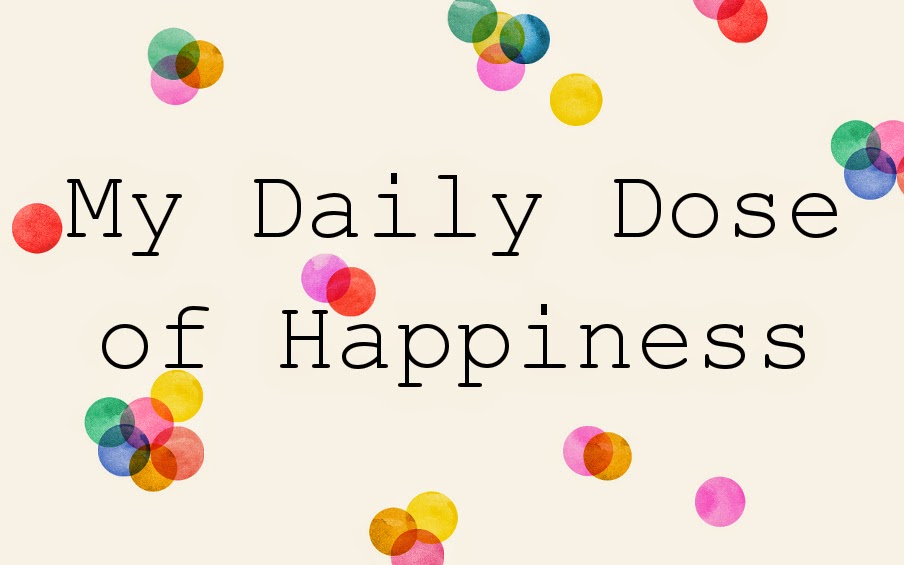After Peru I wisely chose my next destination to also be famous amongst knitters: Iceland. Ok, it wasn't just for the Lopapeysur and the yarn but maybe also a little bit about the amazing nature, waterfalls, glaciers, hot springs, volcanoes, craters, geysirs, lava fields, fjords, lakes and mountains - do I need to continue? The yarn was definitely a highlight though.
To start with, I first have to disspell the common myth that the famous Icelandic sweaters (lopapeysur) are an old tradition and the patterns have been handed down from generation to generation since the vikings arrived from Norway etc. etc. ..... No! What we see now as the "traditional" lopapeysa is actually a product that has only been around since the 1950s but has been incredibly successful since then, both with locals and tourists.
Wikipedia has more information in case you are interested.
However, I don't really care about this because those jumpers are just freakin' beautiful!! If you have been following my blog you might have noticed that I'm addicted to Icelandic yarn and patterns and
Hela,
Aftur,
the nameless cardigan and the soon to be posted
Riddari are good examples for the typical Icelandic knitting style. So what's so special about Iceland jumpers?
1) They are
knitted in the round and usually from the bottom up. This technique is great for beginners and for the use of stranded colour work because you don't need to purl. Ever. All you need is a circular needle which may take a while to get used to if you
knit the English way (on two separate needles and with the yarn in the right hand, that is) and from then on it's basically just knitting three different tubes - one big one for the bodice and two smaller ones for the sleeves. They're joined at the top and then you
knit the yoke, also in the round. A genious and simple way to construct a sweater and so far my favourite one. Another plus: you don't have stupid seams to finish in the end, everything is nice and seamless except for 10 stitches under each arm.
2) The colourwork. Like the construction, it is usually simple and geometric and uses three to four colours, although this can also vary. The rule, as with most
stranded knitting, is that there shouldn't be more than two colour per round for the simple reason that most people only have two hands, one for each strand of yarn. I love bright and vibrant colours but have come to the conclusion that they have the best effect on a grey or light brown background. I don't like black and to make the colours in the yoke stand out more, a simple background colour is better. Finally, have you noticed how the yoke gets extra-warm because of the stranded knitting, which is basically double the thickness of the bodice? That's a very clever placement because that's also where you get cold the quickest (around the neck, shoulders and upper body).
Enough reasons to love the Icelandic jumpers and sure enough, when I visited, I needed to stock up on some more yarn. Since I have the tendency to get over-excited and buy lots of yarn that I don't actually have use for (but it was so cheap! And those colours looked amazing on the shelf!) I already had a shopping list and a specific pattern in mind. When I arrived at the
Alafoss factory shop in Mosfellsbaer, though, the list was discarded very quickly and after I had stopped hyperventilating at the sight of ALL THE YARN I did exactly what I wanted to avoid: get over-excited and buy lots of yarn that I don't actually have use for. In my defence, the colour of the yarn that I wanted to buy originally didn't really look that nice in real life and wouldn't have suited me.
After about an hour (and two coffees for the boyfriend) I had settled on a rather minimalist selection in the end and I persuaded myself that, if I really needed more, I could always order it online. Phew, good old psychological trick worked again. I still ended up with about 1 kg of yarn, some 500 g of unspun Plötulopi and 500 g of simple black and white Létt Lopi, as well as a colour sample card to avoid bad surprises in the future when ordering online.
I was happy, I could still fit it in my luggage and it was the perfect way to end a great Iceland trip.
 |
| At the Alafoss shop in Mosfellsbaer - the Létt Lopi colour selection |
 |
| Plötulopi (unspun wool) in 100 g blocks |
 |
| Vintage knitting patterns |
 |
| Hand-knitted lopapeysur at the Alafoss shop |
 |
| Machine knitted childrens' lopapeysur at the "Geysir" shop |
 |
| Knitting pattern found in a local library |
 |
| cute Icelandic sheep |










No comments:
Post a Comment